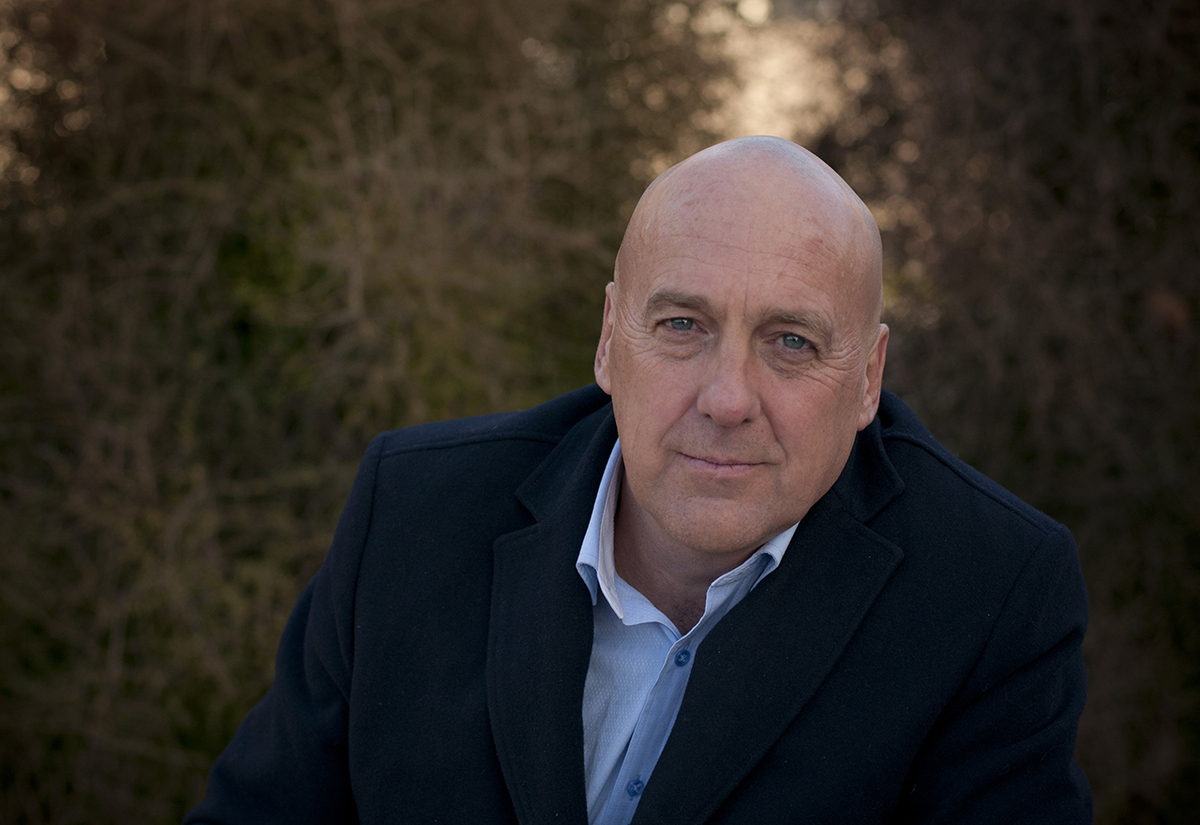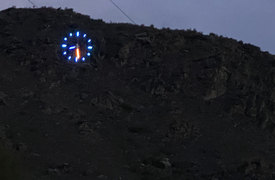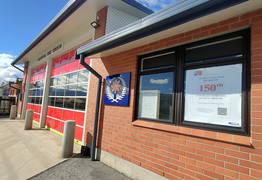Mayor's column: Dam dilemma no quick fix
Mayor Tim Cadogan - Opinion
12 October 2024, 4:30 PM
 Central Otago District mayor Tim Cadogan. PHOTO: The Central App
Central Otago District mayor Tim Cadogan. PHOTO: The Central AppThis is a big few weeks for the Falls Dam project on the Manuherekia River.
By way of background, Falls Dam site is located at the northern end of the Manuherekia Valley, was built in the 1930’s and provides approximately 10Mm3 of storage which enables the existing irrigation of approximately 8,000ha of land.
The irrigation water provides for a number of different uses and, as we have seen over the last summer, at times the water coming out from behind the dam is vital to the sustainability of farms and other growers over those 8,000 hectares.
The bad news is that, given it’s around 90 years old, the current dam is reaching the end of its natural life. Over the last decade or so, work has been done to try to figure out what is to be done about this, and forgive me, but it gets a bit complex, so bear with.
There are four factors at play in what happens next.
One of them is the minimum flow on the river.
At present, that is set at 0.9 cumec at the Campground site in Alexandra and has been at that level for a number of years.
So, factor number one, the higher the minimum flow, the more water needs to stay in the river, so the less water there is for irrigation.
The Otago Regional Council will, on October 23, have a meeting to consider notifying its long-awaited Regional Land and Water Plan.
In amongst this is a new minumum flow for the river.
We don’t know what that flow will be but one thing can be guaranteed; no-one will like it.
Some will say it’s too low while others will argue just as vociferously that it is too high.
I am eagerly awaiting seeing the scientific evidence to back up whatever number the ORC has set, because that number should be what science says is the amount of water the river needs to be healthy.
But the science on such a highly modified river as this is as slippery as an eel and there will be lawyers buying new Bentley’s arguing over the science before this is all over.
The second factor is the relationship between the minimum flow and the dam.
With the dam presently in place, which is at the end of its useful life and would cost tens of millions to get a few more decades out of, irrigation is cut right back in dry years such as this one to achieve the current minimum flow.
Whatever the new minimum flow is, that will mean less water for irrigation.
So, factor number two, the higher the minimum flow that is set, the higher a new dam will have to be to achieve that flow and allow water needed for irrigation.
The third factor is reliability.
What that means is how high a new dam needs to be to achieve the irrigation desired and the minimum flow required.
From an irrigators perspective, this is crucial.
They would love 100 per cent reliability, in other words the dam would be built to such a height that there would always be enough water to meet both needs.
However, the cost of that is unattainable, the area behind the dam that would need flooded is equally unattainable and there is a question over whether there would ever be enough water come into a dam no matter how high it is to fill it enough to achieve 100 per cent.
But of those issues, the cost is the one that stops having to worry about the other two.
So, the irrigators need to figure out how much risk they can literally afford to take on the water supply out the dam.
Lower reliability, lower the cost but the higher the risk that in a bad year, you’ve got no feed, your fat lambs are skinny lambs, and your income plummets.
Everything in farming relies on water, so less reliability, the higher the risk of a bad financial year. And those bad financial years don’t just affect the irrigators, it flows just like the river down to the towns and the people living in them.
The fourth factor is the area of land that can be irrigated.
At the moment, around 8,000 hectares is irrigated. If there is more water, then new areas could be included.
More land irrigated, more income; income that will be needed to pay for the dam, a cost that at the moment appears to fall solely and squarely on the shoulders of the irrigators.
I always thought I’d lead a discussion on day as to whether the rest of the community should have a financial stake in the project, but time has defeated that hope, for me anyway.
These four factors all hinge on the minimum flow.
Once that is known, dam heights can be worked out, calculations can be made as to reliability of supply and what, if any new land can be irrigated. And good news! We will know the minimum flow in a few days’ time.
Except that’s not the case.
Even though the minimum flow has been discussed, argued and litigated over for much longer than my eight years as mayor, the meeting of October 23 will merely tell us what ORC thinks it should be.
No disrespect to the years of work the ORC have put into coming to this point, the actual minimum flow will not be found out until the matter has gone through an inevitably long and eye-wateringly expensive court process.
I have absolutely no doubt that this will go to court, and it wouldn’t surprise me that there will be one or more litigants claiming it to be too low and others claiming it too high.
And meanwhile, the old dam sits there getting older and the cost of the new dam, however high it is going to be, just keeps going up and up and up.
It really is a dam shame.


